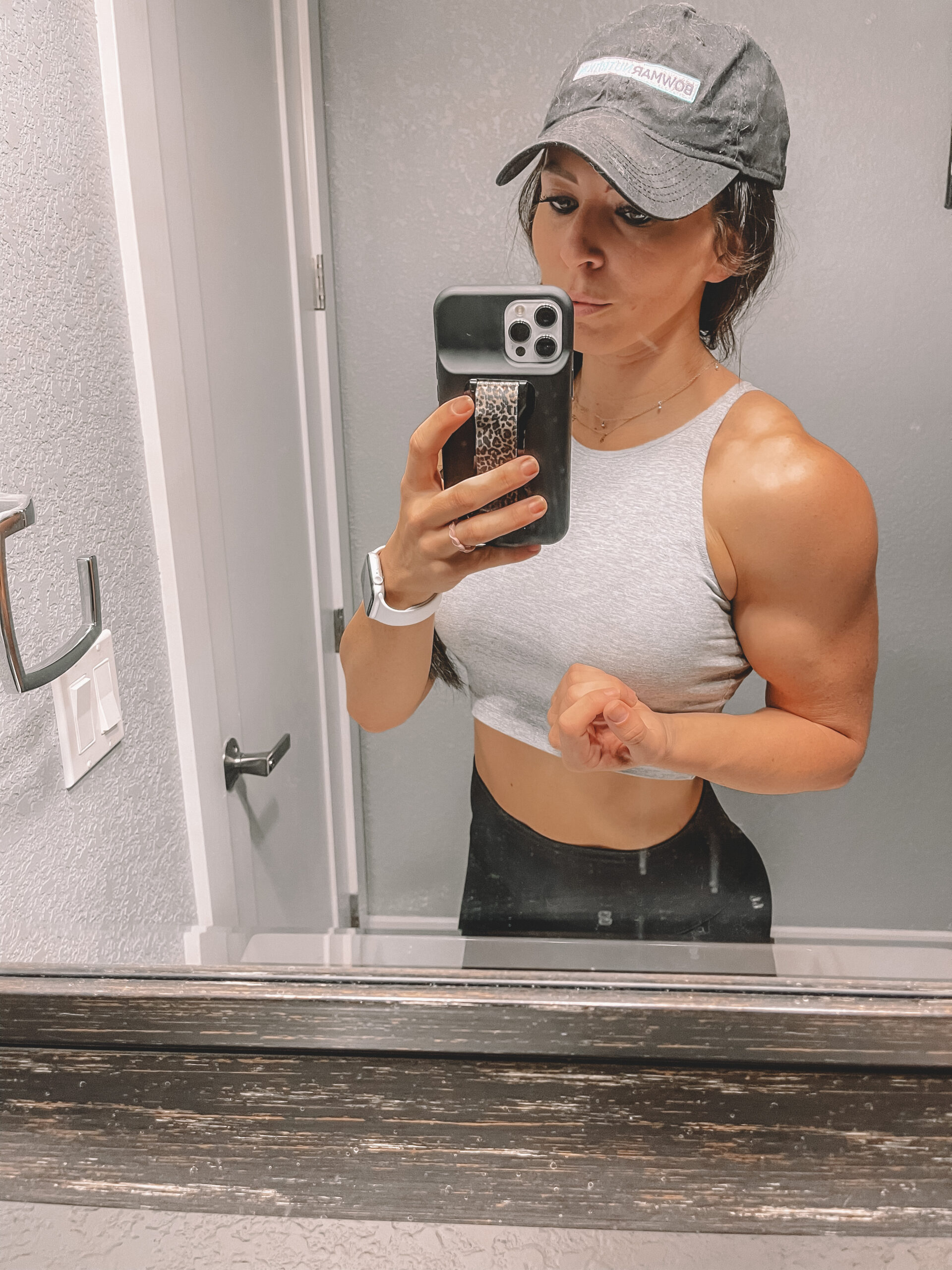You’ve seen the ads. Susan from accounting has talked about it. Pinterest has harassed you with it. And yet- hardly anyone actually knows what metabolism is. Or how to “increase” it. Lucky for you- this blog is going to give you a deep dive into all things metabolism-related! Buckle up!
Metabolism 101
What is your metabolism? At its most basic definition, the google machine gives us this: “Metabolism is the process by which your body converts what you eat and drink into energy. During this complex process, calories in food and beverages are combined with oxygen to release the energy your body needs to function”. So, we all have a metabolism, obviously. Is there such a thing as a “slow” metabolism- it’s EXTREMELY rare and not to fault for the rising obesity and overweight pandemic. Luckily- there is a way to increase your metabolism and ultimately, eat more calories during the day- isn’t that the end goal? I will be hitting you with a lot of acronyms during this blog as well- just as a heads up!
Metabolism Breakdown
Your metabolism (calories burned) is your TDEE (total daily energy expenditure).
Your metabolism is made up of:
- BMR- basal metabolism rate
- TEF- thermic effect of food
- NEAT- non-exercise activity thermogenesis
- EAT- exercise activity thermogenesis
Too often, when I ask someone how many calories they burn during the day, they ONLY think they are burning calories when they are in the gym or on the elliptical. That is simply NOT the case and EAT for many actually makes up the smallest portion of their calories burned during the day.
BMR- Basal Metabolic Rate
Your BMR is the LARGEST contributor to the total calories burned throughout the day. For many active people, it makes up at least 50% of total calories burned. For sedentary people, it can make up 70%. The largest factors of your BMR include age, height, weight, body fat %, genetics, hormones, stress levels, and muscle mass (as we know, more the more muscle you have, the more calories you burn at rest during the day-roughly 6 calories per 1lb muscle mass). These basal functions include circulation, breathing, cell production, nutrient processing, protein synthesis, and ion transport.
TEF- thermic effect of food
As you can see from the above, nutrient processing burns calories. This means- you are literally burning calories when you consume food because it requires energy from your body (digestion, metabolization, absorption, etc). Roughly 10% of your calories burned throughout the day come from breaking down food. This is why it is recommended to not have 2 large meals a day. There isn’t a magical number of meals per day but the more spread out your meals are, the better your body can digest the food!
Do you know which of the 3 macros (carbs, fats, and protein) requires the MOST energy to break down? It’s protein! Which is another reason it is so important to hit your protein macros for the day. If you are struggling to get enough protein in during the day, I suggest checking out what we offer on bowmarnutrition.com
NEAT- non-exercise activity thermogenesis
Calories burned during NEAT come through walking to the store, throwing the stick for the dog, running after a toddler, etc. The energy that is required to move your body outside of producing cells and digesting food but not the calories that are burned in the gym! This is why you hear nearly every fitness person on social media talking about hitting steps for the day. For MANY, walking is considered NEAT. Yes, for some, walking may be considered cardio but for the overwhelming majority- simply walking is a way to increase your NEAT calories. 10,000 steps a day is a great number to shoot for!
EAT- exercise activity thermogenesis
Obviously, this one is going to be the calories burned during your actual training and cardio sessions. For sedentary people, this will make up less than 5% of TDEE. For some athletes, it could be up to 25% – 35% of TDEE.
How to Optimize Metabolism
So now that we understand what our TDEE is, metabolism, and the four components of it- how do we increase metabolism?
Here are some steps:
- Hit your protein macros for the day- if you are falling short from your whole food options, utilizing protein powders or protein bars is a great way to fill the gaps
- Increase NEAT and EAT
- If you can increase your steps from 3,000 a day to 7,000, you have essentially doubled your NEAT calories
- Increasing number of lifting sessions per week will increase EAT
- This does not mean spending hours in the gym and it does not mean skipping rest days
Dangers
The idea of this blog isn’t to give you ideas on how to damage your metabolism by spending hours in the gym or under-eating. Getting close to your BMR or being below your BMR for any length of time will result in metabolic adaptation.
Let’s use an example:
- Sarah’s BMR is 1800 and her TDEE is 2500. Sarah has decided she is going to enter a cut so she drops her calories to 2000. Good job Sarah. Sarah then watches her progress and updates her body composition in her meal plan. With having lost a little body fat, her BMR is now 1700 and TDEE is 2300. She has to decrease calories to 1900 to continue to see results. Sarah DOES NOT want to get to her BMR as it will result in a flat line of progress as there is nowhere to go once you hit BMR. Once she gets to her goal / event / wedding / vacation, it’s time to reverse diet (full blog linked here)
- What you DO NOT want to do: BMR is 1800 and TDEE is 2500 walking 5,000 steps a day and lifting 4 days a week. If you increase your steps to 10,000 and lifting to 6 days a week WITHOUT adding in any calories, your deficit will become larger as your TDEE went from 2500 to 2700. Calories should be adjusted accordingly and you actually get to eat MORE!
If you need any help with BMR or TDEE, please check out the services we offer, here!












Love this!
Lots of great information!!
Do you have plans or programs to help someone accurately get a TDEE and BMR? Are the online calculators correct?
Hi Sarah
What is the best way to calculate your TDEE?
This is a great post. Very informative. Thanks!
I am 56 and my BMR is 1432. Not sure how to calculate my TDEE to lose weight. Help! Lmao
Very helpful!! Thanks, Sarah!